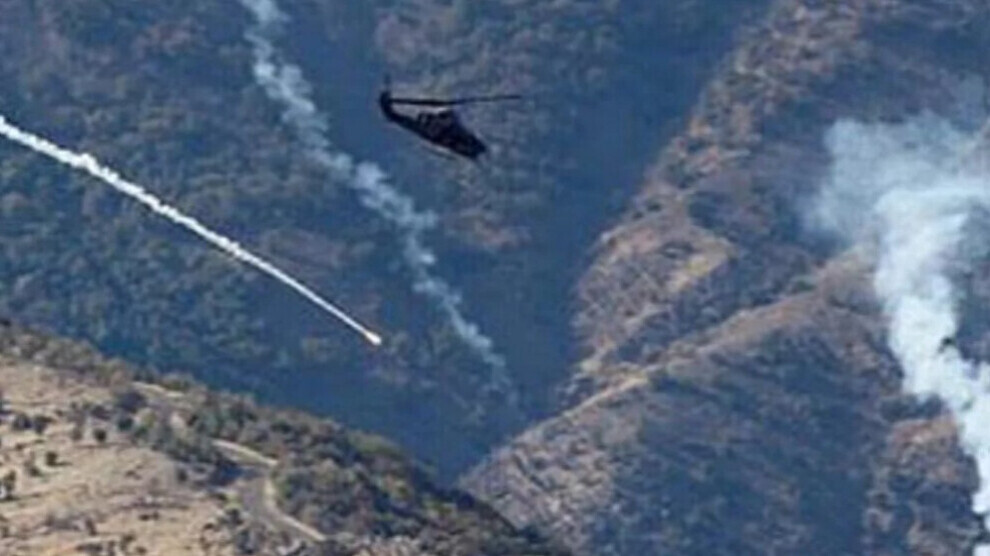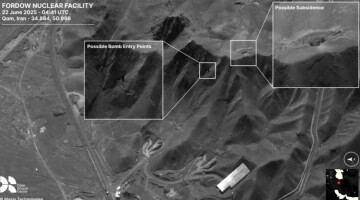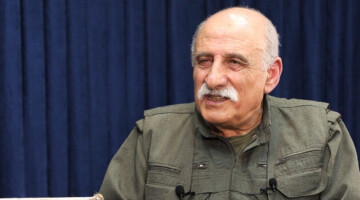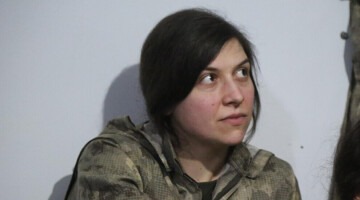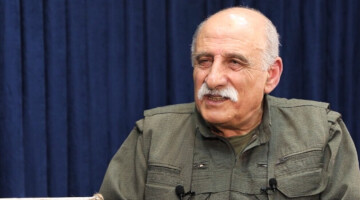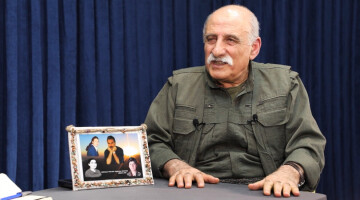In a statement released the previous day regarding the invasion attacks of the Turkish state against the regions of Zap, Avaşîn and Metina in guerrilla-held Medya Defense Zones ongoing since April 14, 2022 and the resistance of the Kurdistan Freedom Guerrilla, HPG Press Centre said that the Turkish army had used phosphorus bombs against the battle positions in the Şikefta Birîndara Resistance Area on July 10 at 12:50.
While the Turkish army cannot control the areas it has occupied because of the guerrilla resistance and has employed all kinds of chemical weapons dozens of times, HPG (People’s Defense Forces) reported the use of phosphorus for the first time in this war.
The use of the phosphorus bomb, which has been employed in wars for nearly a century and becomes deadly in contact with air, is considered a war crime by the 1997 supplementary protocol of the Geneva Conventions signed in 1949.
However, despite the supplementary protocol, phosphorus bombs have been frequently used by many states, especially the USA, Russia and Israel, since World War II.
Many international institutions reported that phosphorus bombs were used in Israel's war against Lebanon in 2006, as well as the wars in Syria and Iraq, and most recently in Russia's war against Ukraine. Phosphorus bombs are employed to destroy enemy forces in a certain area by burning them in a short time.
FLAMES OF 1300 DEGREES CELSIUS
When the bomb ignites on contact with oxygen in the air, a flame of up to 1,300 degrees Celsius (2,372 degrees Fahrenheit) is generated, accompanied by dense, white smoke. It creates sudden wounds in the lungs if inhaled and causes the person who inhales to suffocate. Even a dose of 50 mg is enough to be fatal and the poison released by phosphorus can take effect after 5 to 10 days, and in this case, the human body burns from the inside out.
When the fumes and flames released by phosphorus contact with the body deeply, it burns the internal organs in a short while. Once the combustion begins in victims, it is very difficult to stop. If it starts with skin contact, it can burn people to the bone.
TURKISH STATE USED PHOSPHORUS IN SERÊKANIYÊ
The Turkish army used phosphorus bombs against the SDF (Syrian Democratic Forces) and civilians in Girê Spî (ar: Tal Abyad) and Serêkaniyê (ar: Ras al-Ain) during its invasion attacks launched on October 19, 2019. Human rights organizations in the region reported that 33 people were burned in this attack; 23 of whom were civilians and 10 SDF fighters.
Since the 6 people killed in Turkey's phosphorus attack were burned beyond recognition, no documents or information could be found about them.
PHOSPHORUS DOCUMENTED IN SWISS LABORATORIES
A few months after the massacre in Serêkaniyê carried out with phosphorus bombs, Swiss-based laboratories announced in January 2020 the outcomes of the examination of a piece taken from an injured SDF fighter. Experts detected chemical burns, as well as significantly high levels of phosphorus.
Although it is documented that the Turkish state used bombs containing white phosphorus and chemicals during its invasion attacks, the Organization for the Prohibition of Chemical Weapons (OPCW) endorsed the Turkish state, claiming that “Turkey did not use chemical weapons”.
TURKEY USED PHOSPHORUS MANY TIMES
The Turkish state also resorted to phosphorus bombs during the self-rule urban resistance in North Kurdistan. Phosphorus bombs were used against both the civilian population and YPS fighters, especially in an attack carried out by the Turkish army with heavy weapons against Nusaybin, which was launched in March 2016. Turkish soldiers set fire to many buildings in the district using phosphorus bombs.
Furthermore, in the fall of 2011, the Turkish army resorted to phosphorus bombs during the "Revolutionary People's War" campaign launched by the Kurdistan Freedom Guerrilla. The areas controlled by the guerrillas during the revolutionary campaign were bombed with weapons that contained phosphorus in the summer of 2012, and the nature of Kurdistan was severely damaged. Most of the forest areas in the Erdewil area of Şemdinli district, in Hakkari province, were burned by phosphorus bombs dropped in July 2012. Accompanied by the summer heat, the fires caused by phosphorus continued for days.
FORMER GENERAL YALMAN ADMITS THE USE OF PHOSPHORUS BOMBS
The most striking confession about the presence of phosphorus-containing chemical weapons in the inventory of the Turkish army was uttered by the then Gendarmerie General Commander, retired General Aytaç Yalman, who ordered the massacre in Turkey’s prisons dubbed "Return to Life" on December 19, 2000. Speaking in a hearing at the Bodrum 2nd Criminal Court of First Instance in 2013, as part of the case regarding the “Return to Life” operation in which 12 political prisoners were murdered in Bayrampaşa Prison, Yalman admitted that they had used phosphorus gas against the prisoners.
Yalman claimed that Turkish soldiers had used phosphorus bombs to create smoke during the operation against the prisons. Experts found burns on the bodies of many prisoners because of phosphorus. One of the prisoners revealed the most obvious symptom of the phosphorus bomb, saying that “Our clothes did not burn, but only our bodies.” No fair trial has yet taken place against the soldiers and policemen who were involved in the "Return to Life" massacre during which chemical weapons, including phosphorus, were used.
RELATED NEWS:

